Bismuth Sulphite Aga
Product Name: Bismuth Sulphite Agar
Pack Size: 500gm
Brand: Micro master
Origin: India
Intended Use
Bismuth Sulphite Agar (DM039) is used for the selective isolation and preliminary identification of Salmonella Typhi and other Salmonellae from pathological materials, sewage, water supplies, food etc.
Product Summary and Explanation
Salmonellosis continues to be an important public health problem worldwide. The Salmonellae constitute the most taxonomically complex group of bacteria among Enterobacteriaceae¹. Infection with non-typhi Salmonella often causes a mild, self-limiting illness. Typhoid fever, caused by Salmonella typhi, is characterized by fever, headache, di arrhea, abdominal pain, and can result in fatal respiratory, hepatic, and or neurological damage². This infection can result from the consumption of raw, undercooked, or improperly processed foods contaminated with Salmonella spp. Four clinical types of Salmonella infections may be distinguished³ namely gastroenteritis, bacteremia or septicemia, enteri c fever and a carrier state. Of the various media employed for the isolation and preliminary identification of Salmonellae, particularly Salmonella Typhi; Bismuth Sulphite Agar is the most productive.4
Principles of the Procedure
Bismuth Sulphite Agar is a modification of original Wilson and Blair Medium(5-7). It is also recommended by various Associations(8-13) for the isolation and preliminary identification of Salmonella typhi and other Salmonellae from pathological materials, sewage, water, food and other products. The typhoid organism grows luxuriantly on the medi um, forming characteristic black colonies. Gram-positive bacteria and coliforms are inhibited on Bismuth Sulfite Agar. The inhibitory action of Bismuth Sulfite Agar permits the use of a large inoculum, increasing the possibility of r ecovering pathogens that may be present in small numbers. Bismuth Sulfite Agar is generally accepted for routine detection of most Salmonella spp. Bismuth Sulfite Agar is used for the isolation of S. typhi and other Salmonella spp. from food, feces, urine, sewage, and other infectious materials. Bismuth Sulfite Agar is a standard methods medium for industri al
applications and the clinical environment. Peptic Digest of Animal Tissue and Beef Extract provide sources of nitrogen, carbon, and vitamins required for organism growth. Dextrose is the carbohydrate present in Bismuth Sulfite Agar. Disodium Phosphate is the buffering agent. Bismuth Sulfite Indicator and Brilliant Green are complementary, inhibiting gram-positive bacteria and coliforms, allowing Salmonella spp. to grow. Ferrous Sulfate is used for H2S production. When H2S is present, the iron in the formula is precipitated, and positive cultures produce the characteristic brown to black color with metallic sheen. Agar is the solidifying agent.
Formula / Liter
| Ingredients | Gms / Liter |
| Peptic digest of animal tissue | : 10.00 |
| Beef extract | : 5.00 |
| Dextrose | : 5.00 |
| Disodium phosphate | : 4.00 |
| Ferrous sulphate | : 0.30 |
| Bismuth sulphite indicator | : 8.00 |
| Brilliant green | : 0.025 |
| Agar | : 20.00 |
| Final pH: 7.7 ± 0.2 at 25°C | |
| Formula may be adjusted and/or supplemented as required to meet performance specifications | |
Precautions
1. For Laboratory Use only
2. HARMFUL. Harmful if swallowed, inhaled, or absorbed through the skin. May cause allergic reaction and breathing difficulties. Irritating to eyes, skin, and respiratory system.
Directions
- Suspend 52.33 grams of the medium in one liter of deionisedwater.
- Heat with frequent agitation and boil for one minute to completely dissolve the medium.
- DO NOT STERILIZE IN AUTOCLAVE or by fractional sterilization since overheating may destroy the selectivity of the medium.
- Cool to 50-55oC, mix well to disperse suspension and pour thick plates (25ml medium per plate).
- The sensitivity of the medium depends largely upon uniform dispersion of precipitated bismuth sulphite in the final gel, which should be dispersed before pouring into sterile Petri plates.
- Dry the plates before use but take care to avoid overdrying.
- Correctly prepared plates should have a smooth, greenish yellow colourwith uniformly dispersed flocculent precipitate. There should be no sedimentation of the indicator.
Quality Control Specifications
| Dehydrated Appearance | : Light yellow to greenish yellow colored, homogeneous, free flowing powder |
| Prepared Medium | : Greenish yellow coloured, opalescent gel with flocculent precipitate forms in Petri plates. |
| Reaction of 5.23% Solution | : pH 7.7 + 0.2 at 25oC |
| Gel Strength | : Firm, compared to 2.0% Agar Gel. |
Expected Cultural Response: Cultural response on Bismuth Sulphite Agar observed after incubation at 35-37°C for 40- 48 hours.
| Sr. No. | Organisms | Inoculum (CFU) | Growth | Recovery | Colour of Colony |
| 1. | Enterobacter aerogenes ATCC 13048 | 50-100 | None-poor | <=10% | Brown-green |
| 2. | Enterococcus faecalis ATCC 29212 | 50-100 | Inhibited | 0% | — |
| 3. | Escherichia coli ATCC 25922 | 50-100 | None-poor | <=10% | Brown-green |
| 4. | Salmonella enteritidis ATCC 13076 | 50-100 | Good-luxuriant | >=50% | Black with Metallic sheen |
| 5. | Salmonella typhi ATCC 6539 | 50-100 | Good-luxuriant | >=50% | Black with Metallic sheen |
| 6. | Salmonella typhimuriumATCC 14028 | 50-100 | Good-luxuriant | >=50% | Black with Metallic sheen |
| 7. | Shigella flexneri ATCC 12022 | 50-100 | None-poor | <=10% | Brown |
| 8. | Escherichia coli ATCC 8739 | 50-100 | None-poor | <=10% | Brown-green |
| 9. | Escherichia coli NCTC 9002 | 50-100 | None-poor | <=10% | Brown-green |
| 10. | Salmonella abony NCTC 6017 | 50-100 | Good-luxuriant | >=50% | Black with Metallic sheen |
The organisms listed are the minimum that should be used for quality control testing.
Test Procedure
For isolation of Salmonella typhi and other Salmonella spp. consult appropriate references.
Results
Typical S. typhi surface colonies are black, surrounded by black or brown-black zone. This zone may be several times the size of the colony. Other strains of Salmonella produce black to green colonies with little or no darkening of surrounding medium. Shigella spp. other than S. flexneri and S. sonnei are inhibited. S. flexneri and S. sonnei strai ns that do grow on this medium produce brown to green, raised colonies with depressed centers and exhibit a crater-like appearance.
Storage
Store the sealed bottle containing the dehydrated medium at 10- 30°C. Once opened and recapped, place container i n a low humidity environment at the same storage temperature. Protect from moisture and light.
Expiration
Refer to the expiration date stamped on the container. The dehydrated medium should be discarded if not free flowing, or if the appearance has changed from the original color. Expiry applies to medium in its intact container when stored as directed.
Limitations of the Procedure
- Prepared plates of medium should not be stored for longer than two days at 2-8 oC; after which time the dye oxidises to give a green medium that can be inhibitory to some salmonellae.
- Streak for well isolated colonies. In heavy growth areas, S. typhi appears light green and may be misinterpreted as negative for S. typhi.
- S. typhi and S. arizonae are the only enteric organisms to exhibit typical brown zones on the medium. However, S. arizonae is usually inhibited. Typical S. typhi colonies usually develop within 24 hours; however, all plates should be incubated for a total of 48 hours to allow growth of all typhoid strains. When in doubt, almost any growth on the medium should be subject to further tests.
- Do not autoclave medium. Heating medium for a long period may destroy selectivity properties.

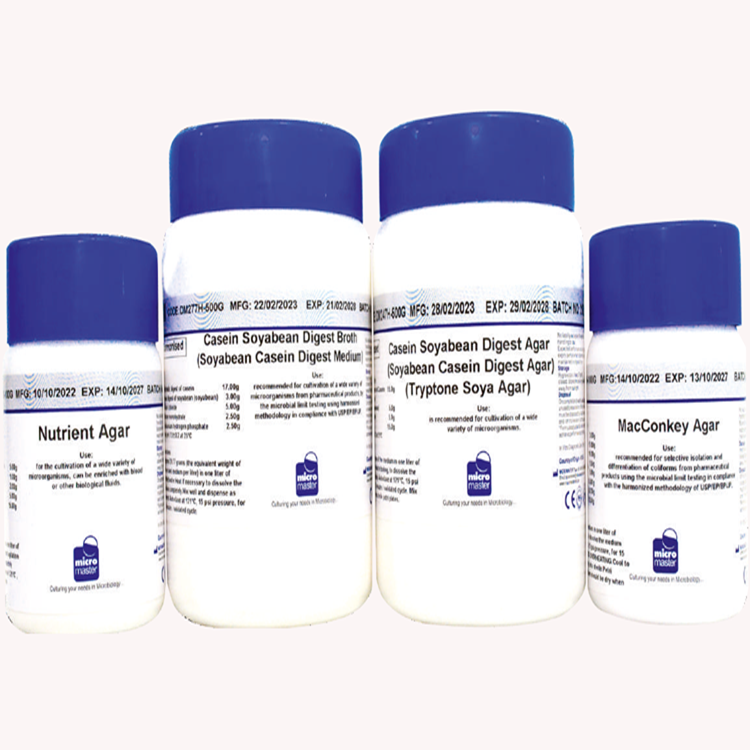



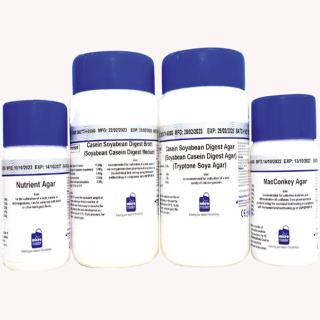
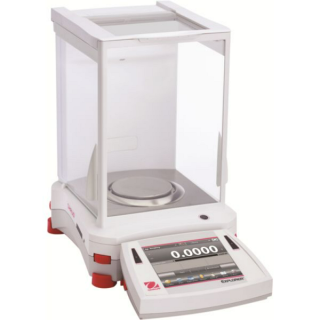
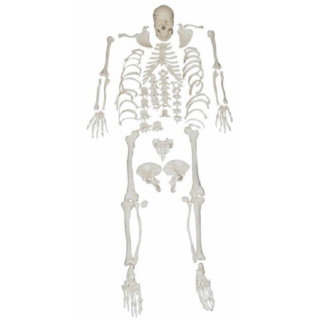
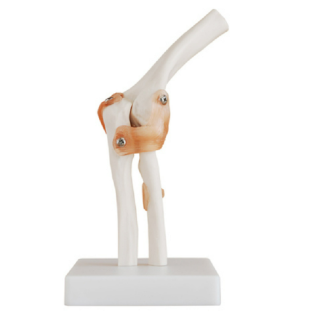
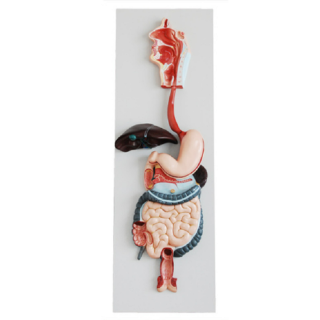
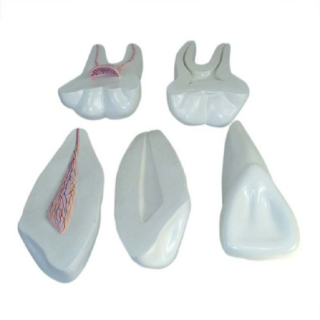
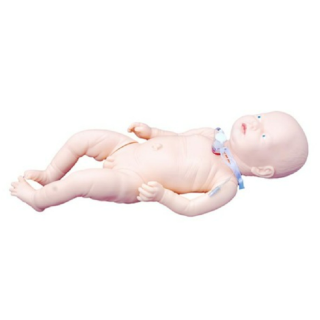
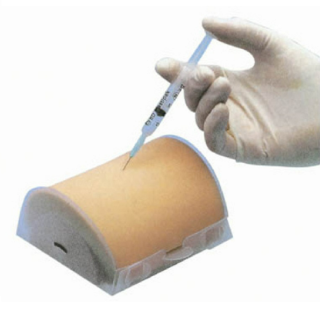
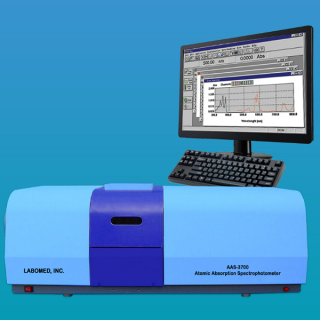
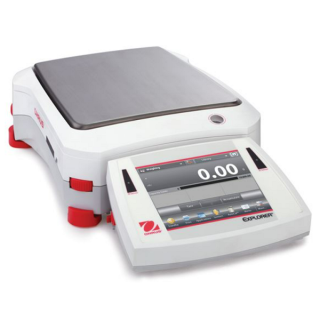
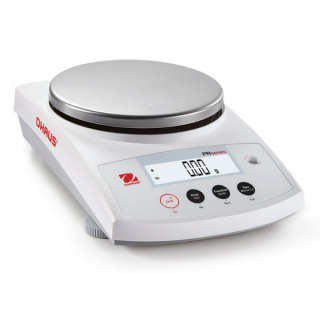
Reviews
There are no reviews yet.